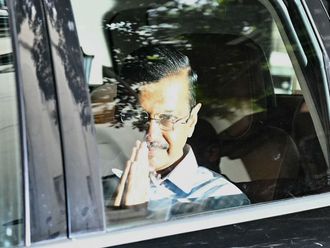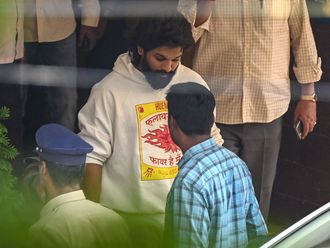Women voters will play a crucial role in determining the outcome of India’s parliamentary elections next year.
This voting bloc has become pivotal not only for the ruling Bharatiya Janata Party (BJP) but for all political parties, transcending caste and class lines.
Let’s delve into the data for Madhya Pradesh, where the BJP secured a landslide victory earlier this month.
Former Chief Minister Shivraj Singh Chouhan devoted years to wooing women voters through women-centric schemes. The Ladli Behna Yojana exemplifies his success, offering a monthly stipend to women meeting specific criteria, along with increased reservations in government jobs.
Even the Congress has adopted this approach, initially in Karnataka and subsequently in Madhya Pradesh, promising Rs1,500 per month to every woman in the state if voted into power.
Support from women
Data compiled by Lokniti-CSDS reveals that 43% of women in the state voted for the Congress, while 47% supported the BJP. Urban women leant more towards the BJP at 53%, compared to their rural counterparts at 45%. Among women who made last-minute decisions, 48% sided with the BJP, and 42% with the Congress.
The survey indicated that beneficiaries of schemes like Ladli Behna largely favoured the BJP. This underscores that the BJP’s strategy of targeting women through welfare schemes is effective — a key factor contributing to the party’s success, not exclusive to the BJP but applicable to other parties as well.
Women voters have played an increasingly significant role in electing governments in Bihar, Karnataka, Bengal, and beyond.
For instance, Bihar’s Chief Minister Nitish Kumar gained substantial support from women in 2016 after introducing prohibition. The Aam Aadmi Party (AAP) also attracted women voters by promising free bus rides and other benefits in Delhi, contributing to its 2020 election victory.
In Telangana, the Congress successfully secured women’s support through promises such as cheaper gas cylinders, a monthly stipend, and free bus rides. Both the BJP and the Congress have implemented various welfare schemes at the national level, specifically targeting women.
Jan Dhan scheme
The Jan Dhan scheme alone has benefited over 25 crore women, providing bank accounts without any mandatory minimum balance. The PM Awas-Gramin Yojana has provided homes to more than 1.7 crore women. The turnout of women in Lok Sabha polls surged from 53% in 2004 to 67% in 2019, surpassing male voter turnout for the first time in history.
The Election Commission predicts another increase in women voters next year, reaching 69%. The 2019 election was noteworthy as the gender gap reversed, with female voter turnout exceeding male voter turnout by 0.17 percentage points, compared to -16.71 per cent in the 1962 general election.
In the 2019 general election, data from Axis My India revealed that 46% of women voted for the BJP and NDA allies, contrasting with 27% for the Congress and its partners.
Recognising the significance of women voters, the Modi government passed the Women’s Reservation Bill in a special parliamentary session in September. This legislation reserves 33% of seats in parliament and state legislatures for women, underscoring the government’s commitment to championing women’s welfare.
The BJP’s sustained effort to attract women voters, led by Prime Minister Modi, has been ongoing for several years. After the recent assembly election victory, the Prime Minister’s first act was to express gratitude to women.
Notably, the new generation of female voters, particularly the younger demographic, exhibits greater independence in their decision-making, voting based on informed choices rather than familial influence.
This increasing role of women in India’s democracy represents a positive development, as their influence can no longer be ignored.









_resources1_16a45059ca3_small.jpg)
